-
Executive Summary
-
Scope of the Report
-
Market Definition
-
Scope of the Study
- Research Objectives
- Assumptions & Limitations
-
Markets Structure
-
Market Research Methodology
-
Research Process
-
Primary Research
-
Secondary Research
-
Forecast Model
-
Market Landscape
-
Supply Chain Analysis
- Raw Material Suppliers
- Manufacturers/Producers
- Distributors/Retailers/Wholesalers/E-Commerce Merchants
- Application
-
Porter’s Five Forces Analysis
- Threat of New Entrants
- Bargaining Power of Buyers
- Bargaining Power of Suppliers
- Threat of Substitutes
- Intensity of Competitive Rivalry
-
Industry Overview of the Global High Temperature Insulation Market
-
Introduction
-
Drivers
-
Restraints
-
Opportunities
-
Challenges
-
Market Trends
-
Introduction
-
Growth Trends
-
Impact Analysis
-
Global High Temperature Insulation Market, by Product
-
Introduction
-
Insulating Firebrick
- Market Estimates & Forecast, 2023-2032
- Market Estimates & Forecast, by Region, 2023-2032
-
Ceramic Fiber
- Market Estimates & Forecast, 2023-2032
- Market Estimates & Forecast, by Region, 2023-2032
-
Calcium Silicate
- Market Estimates & Forecast, 2023-2032
- Market Estimates & Forecast, by Region, 2023-2032
-
Others
- Market Estimates & Forecast, 2023-2032
- Market Estimates & Forecast, by Region, 2023-2032
-
Global High Temperature Insulation Market, by Application
-
Introduction
-
Petrochemicals
- Market Estimates & Forecast, 2023-2032
- Market Estimates & Forecast, by Region, 2023-2032
-
Refractory
- Market Estimates & Forecast, 2023-2032
- Market Estimates & Forecast, by Region, 2023-2032
-
Iron & Steel
- Market Estimates & Forecast, 2023-2032
- Market Estimates & Forecast, by Region, 2023-2032
-
Cement
- Market Estimates & Forecast, 2023-2032
- Market Estimates & Forecast, by Region, 2023-2032
-
Aluminum
- Market Estimates & Forecast, 2023-2032
- Market Estimates & Forecast, by Region, 2023-2032
-
Glass
- Market Estimates & Forecast, 2023-2032
- Market Estimates & Forecast, by Region, 2023-2032
-
Others
- Market Estimates & Forecast, 2023-2032
- Market Estimates & Forecast, by Region, 2023-2032
-
Global High Temperature Insulation Market, by Region
-
Introduction
-
North America
- Market Estimates & Forecast, 2023-2032
- Market Estimates & Forecast by Product , 2023-2032
- Market Estimates & Forecast by Application, 2023-2032
- US
- Canada
-
Europe
- Market Estimates & Forecast, 2023-2032
- Market Estimates & Forecast by Product , 2023-2032
- Market Estimates & Forecast by Application, 2023-2032
- Germany
- France
- Italy
- Spain
- UK
- Russia
- Netherlands
- Rest of Europe
-
Asia-Pacific
- Market Estimates & Forecast, 2023-2032
- Market Estimates & Forecast by Product , 2023-2032
- Market Estimates & Forecast by Application, 2023-2032
- China
- India
- Japan
- Australia
- Malaysia
- South Korea
- Rest of Asia-Pacific
-
9.4.10.5Market Estimates & Forecast by Application, 2023-2032
-
9.4.12.5Market Estimates & Forecast by Application, 2023-2032
-
Middle East & Africa
- Market Estimates & Forecast, 2023-2032
- Market Estimates & Forecast by Product , 2023-2032
- Market Estimates & Forecast by Application, 2023-2032
- Saudi Arabia
- UAE
- Africa
- Rest of the Middle East & Africa
-
9.5.8.5Market Estimates & Forecast by Application, 2023-2032
-
Latin America
- Market Estimates & Forecast, 2023-2032
- Market Estimates & Forecast by Product , 2023-2032
- Market Estimates & Forecast by Application, 2023-2032
- Brazil
- Argentina
- Mexico
- Rest of Latin America
-
Competitive Landscape
-
Introduction
-
Market Key Strategies
-
Key Development Analysis
-
(Expansions/Mergers & Acquisitions/Joint Ventures/New Product Developments/Agreements/Investments)
-
Company Profiles
-
3M Company
- Company Overview
- Financial Updates
- Product/Business Segment Overview
- Key Developments
- SWOT Analysis
- Key Strategies
-
Dyson Group
- Company Overview
- Financial Updates
- Product/Business Segment Overview
- Key Developments
- SWOT Analysis
- Key Strategies
-
Hi-Temp Insulation Inc.
- Company Overview
- Financial Updates
- Product/Business Segment Overview
- Key Developments
- SWOT Analysis
- Key Strategies
-
Insulcon Group
- Company Overview
- Financial Updates
- Product/Business Segment Overview
- Key Developments
- SWOT Analysis
- Key Strategies
-
Isolite Insulating Products Company Ltd.
- Company Overview
- Financial Updates
- Product/Business Segment Overview
- Key Developments
- SWOT Analysis
- Key Strategies
-
Pacor Inc.
- Company Overview
- Financial Updates
- Product/Business Segment Overview
- Key Developments
- SWOT Analysis
- Key Strategies
-
Promat International NV
- Company Overview
- Financial Updates
- Product/Business Segment Overview
- Key Developments
- SWOT Analysis
- Key Strategies
-
Pyrotek
- Company Overview
- Financial Updates
- Product/Business Segment Overview
- Key Developments
- SWOT Analysis
- Key Strategies
-
Skamol
- Company Overview
- Financial Updates
- Product/Business Segment Overview
- Key Developments
- SWOT Analysis
- Key Strategies
-
Unifrax
- Company Overview
- Financial Updates
- Product/Business Segment Overview
- Key Developments
- SWOT Analysis
- Key Strategies
-
Thermal Ceramics
- Company Overview
- Financial Updates
- Product/Business Segment Overview
- Key Developments
- SWOT Analysis
- Key Strategies
-
Conclusion
-
LIST OF TABLES
-
Global High Temperature Insulation Market, by Region, 2023-2032
-
North America: High Temperature Insulation Market, by Country, 2023-2032
-
Europe: High Temperature Insulation Market, by Country, 2023-2032
-
Asia-Pacific: High Temperature Insulation Market, by Country, 2023-2032
-
Middle East & Africa: High Temperature Insulation Market, by Country, 2023-2032
-
Latin America: High Temperature Insulation Market, by Country, 2023-2032
-
High Temperature Insulation Product Market, by Region, 2023-2032
-
North America: High Temperature Insulation Product Market, by Country, 2023-2032
-
Europe: High Temperature Insulation Product Market, by Country, 2023-2032
-
Asia-Pacific: High Temperature Insulation Product Market, by Country, 2023-2032
-
Middle East & Africa: High Temperature Insulation Product Market, by Country, 2023-2032
-
Latin America: High Temperature Insulation Product Market, by Country, 2023-2032
-
High Temperature Insulation Application Market, by Region, 2023-2032
-
North America: High Temperature Insulation Application Market, by Country, 2023-2032
-
Europe: High Temperature Insulation Application Market, by Country, 2023-2032
-
Asia-Pacific: High Temperature Insulation Application Market, by Country, 2023-2032
-
Middle East & Africa: High Temperature Insulation Application Market, by Country, 2023-2032
-
Latin America: High Temperature Insulation Application Market, by Country, 2023-2032
-
Global High Temperature Insulation Product Market, by Region, 2023-2032
-
Global High Temperature Insulation Application Market, by Region, 2023-2032
-
North America: High Temperature Insulation Market, by Country, 2023-2032
-
North America: High Temperature Insulation Market, by Product , 2023-2032
-
North America: High Temperature Insulation Market, by Application, 2023-2032
-
Europe High Temperature Insulation Market, by Country, 2023-2032
-
Europe High Temperature Insulation Market, by Product , 2023-2032
-
Europe High Temperature Insulation Market, by Application, 2023-2032
-
Asia-Pacific High Temperature Insulation Market, by Country, 2023-2032
-
Asia-Pacific High Temperature Insulation Market, by Product , 2023-2032
-
Asia-Pacific High Temperature Insulation Market, by Application, 2023-2032
-
Middle East & Africa: High Temperature Insulation Market, by Country, 2023-2032
-
Middle East & Africa: High Temperature Insulation Market, by Product , 2023-2032
-
Middle East & Africa: High Temperature Insulation Market, by Application, 2023-2032
-
Latin America: High Temperature Insulation Market, by Country, 2023-2032
-
Latin America: High Temperature Insulation Market, by Product , 2023-2032
-
Latin America: High Temperature Insulation Market, by Application, 2023-2032
-
LIST OF FIGURES
-
High Temperature Insulation Market Segmentation
-
Forecast Methodology
-
Porter’s Five Forces Analysis of High Temperature Insulation Market
-
Supply Chain of High Temperature Insulation Market
-
Share of High Temperature Insulation Market, by Country, 2020 (%)
-
Global High Temperature Insulation Market, 2023-2032
-
Sub Segments of Product
-
High Temperature Insulation Market size, by Product , 2020 (%)
-
Share of High Temperature Insulation Market, by Product , 2023-2032
-
Sub Segments of Application
-
High Temperature Insulation Market size, by Application, 2020 (%)
-
Share of High Temperature Insulation Market, by Application, 2023-2032

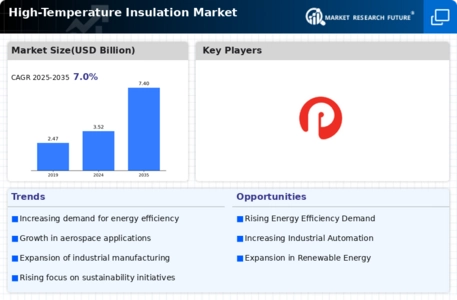
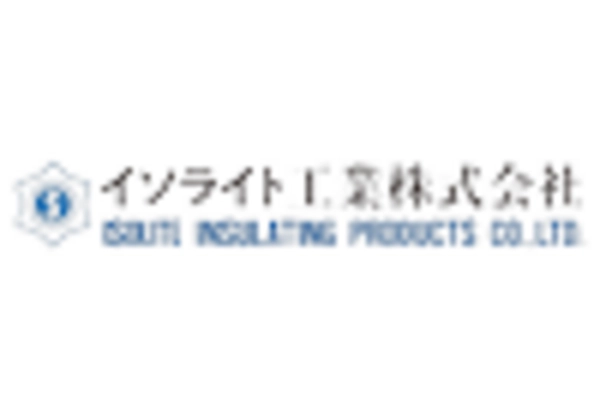
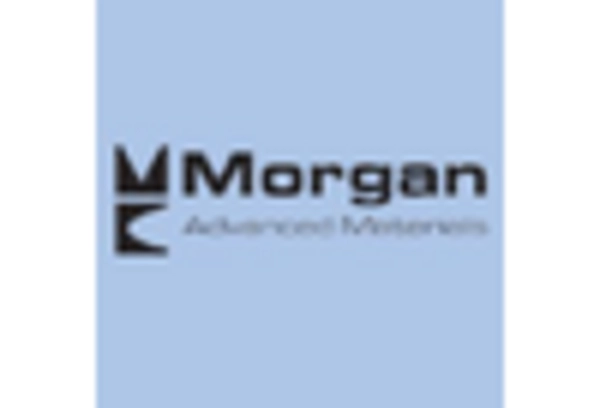

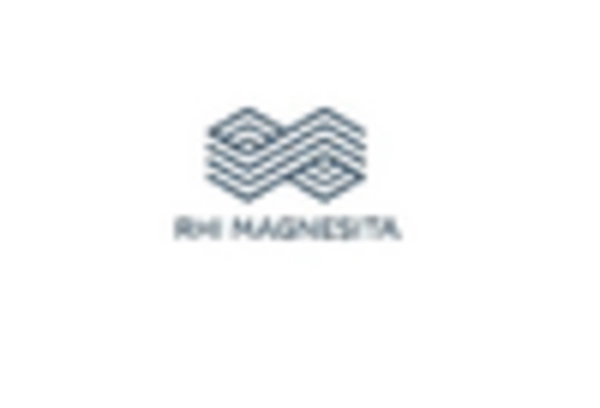

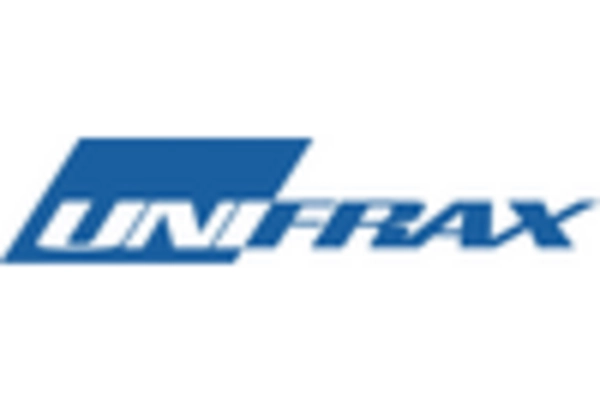









Leave a Comment